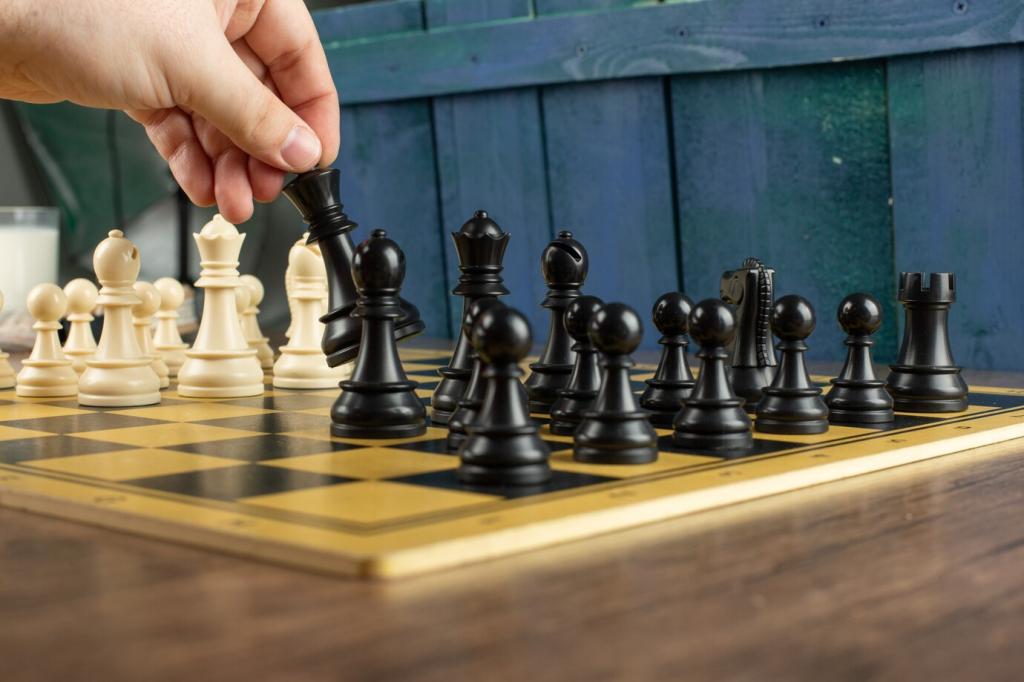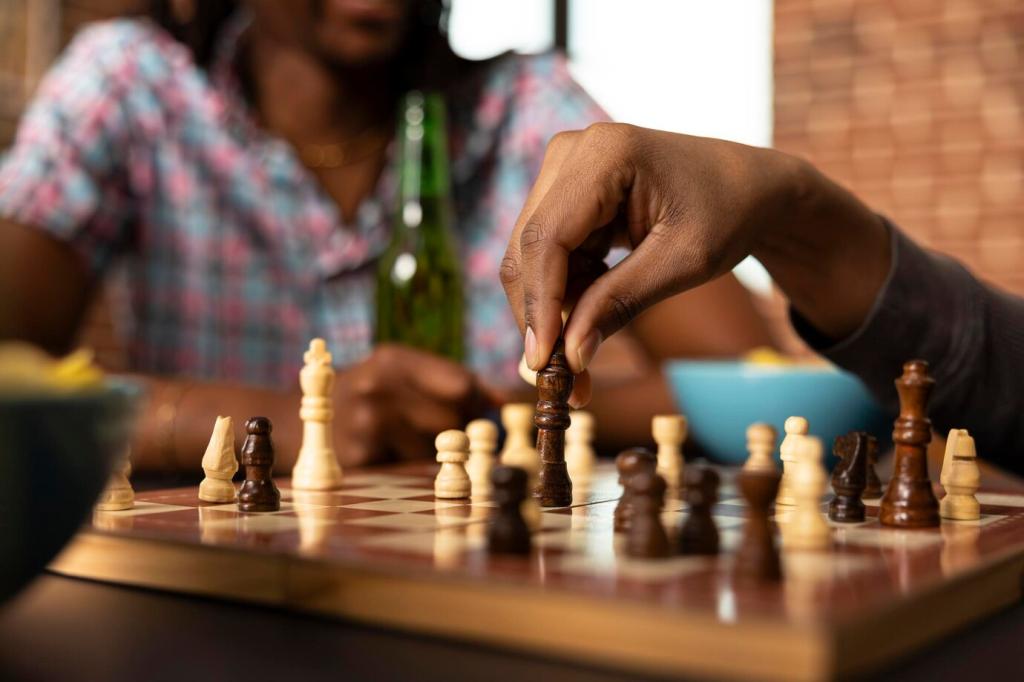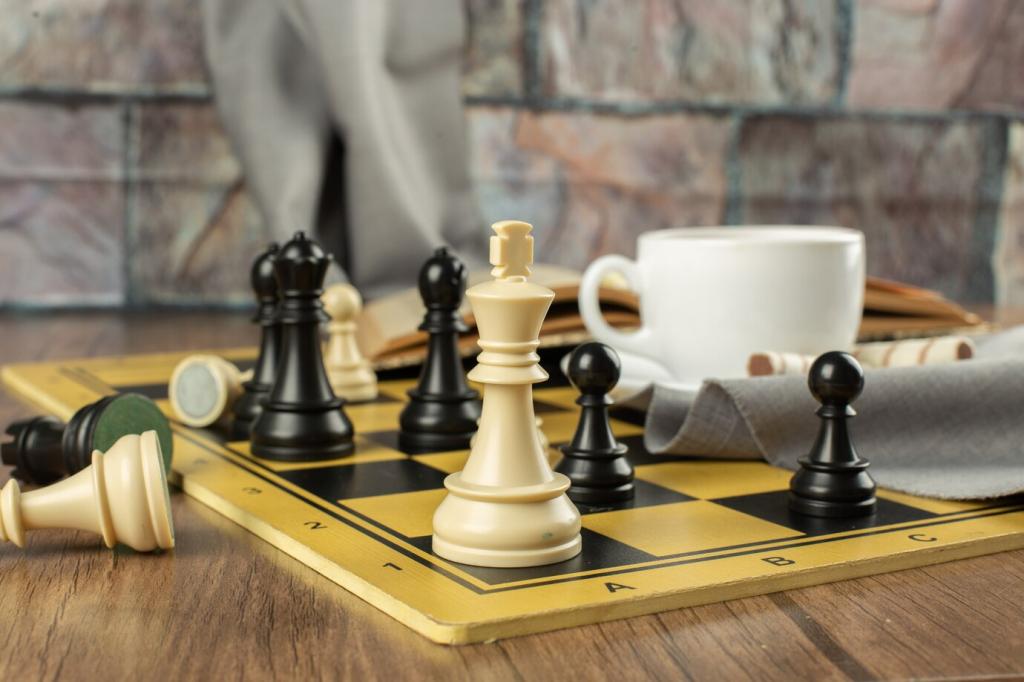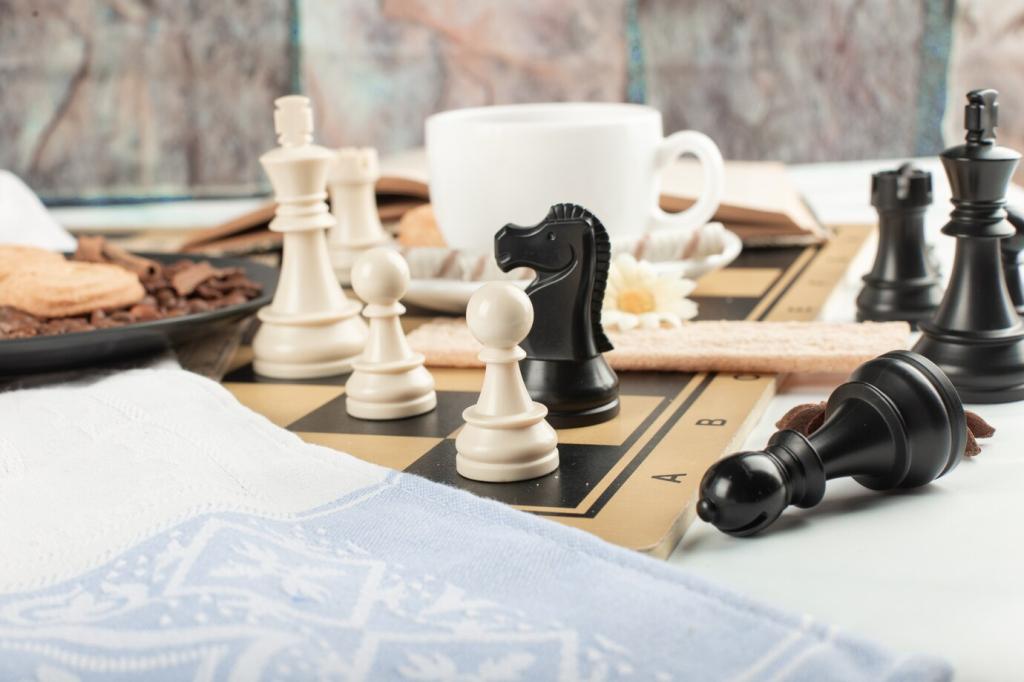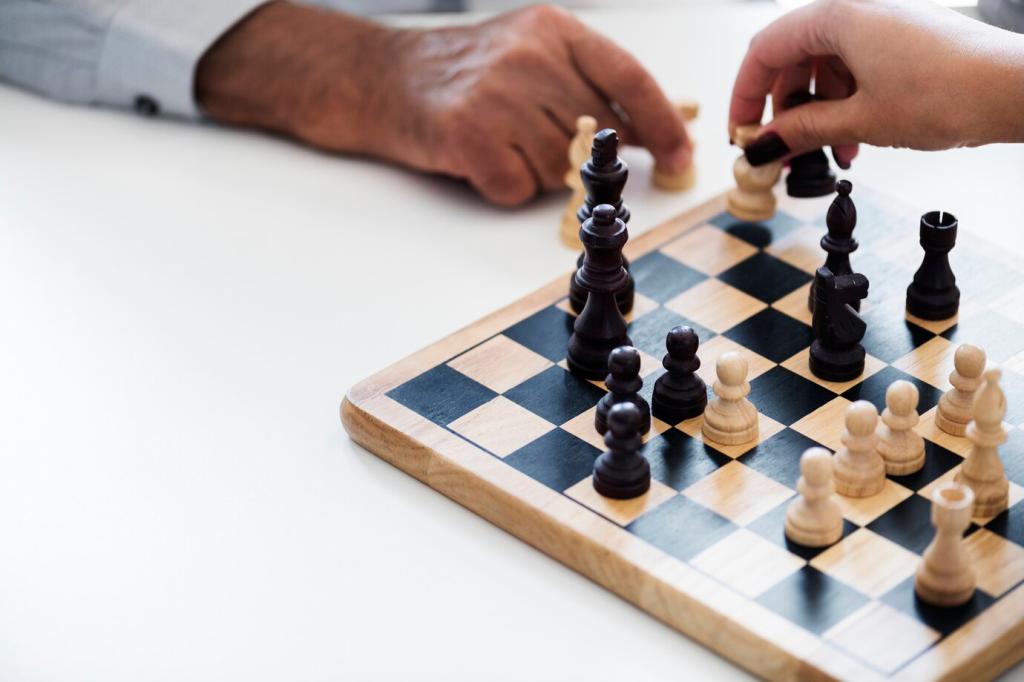Training Routines for Positional Growth
Study annotated classics, pausing before each move to guess plans and evaluations. Compare your thoughts with the master’s logic and note how small, consistent choices sculpt winning positions.
Training Routines for Positional Growth
Solve exercises on outposts, bad bishops, minority attacks, and prophylaxis. Track themes you miss, then revisit similar positions until your choices align with time-tested classical principles.

